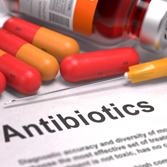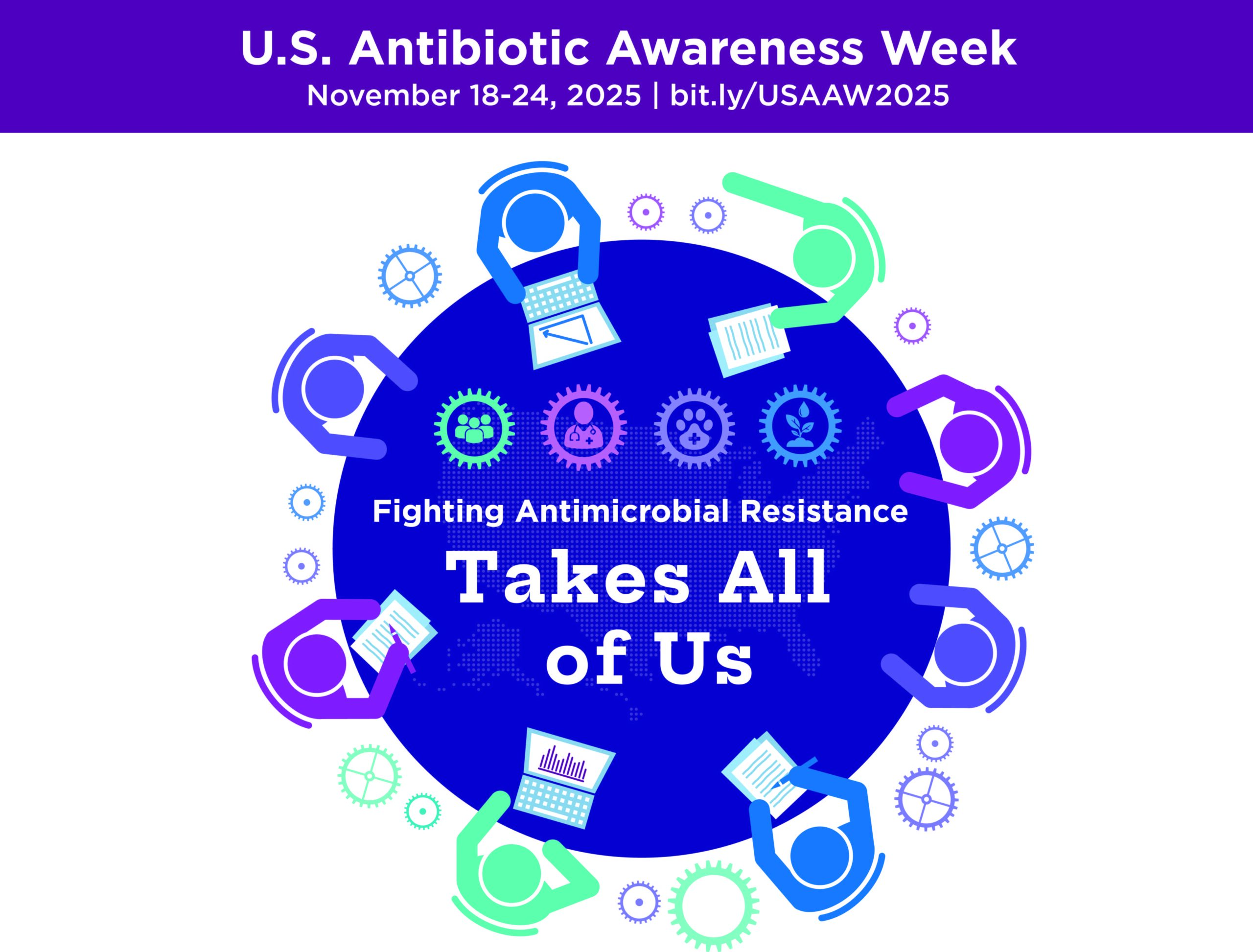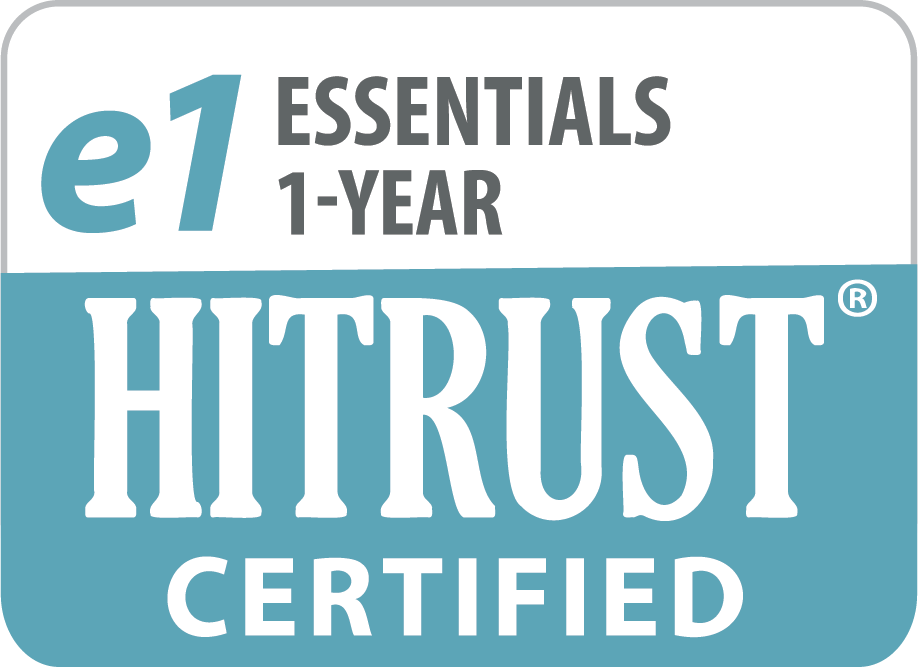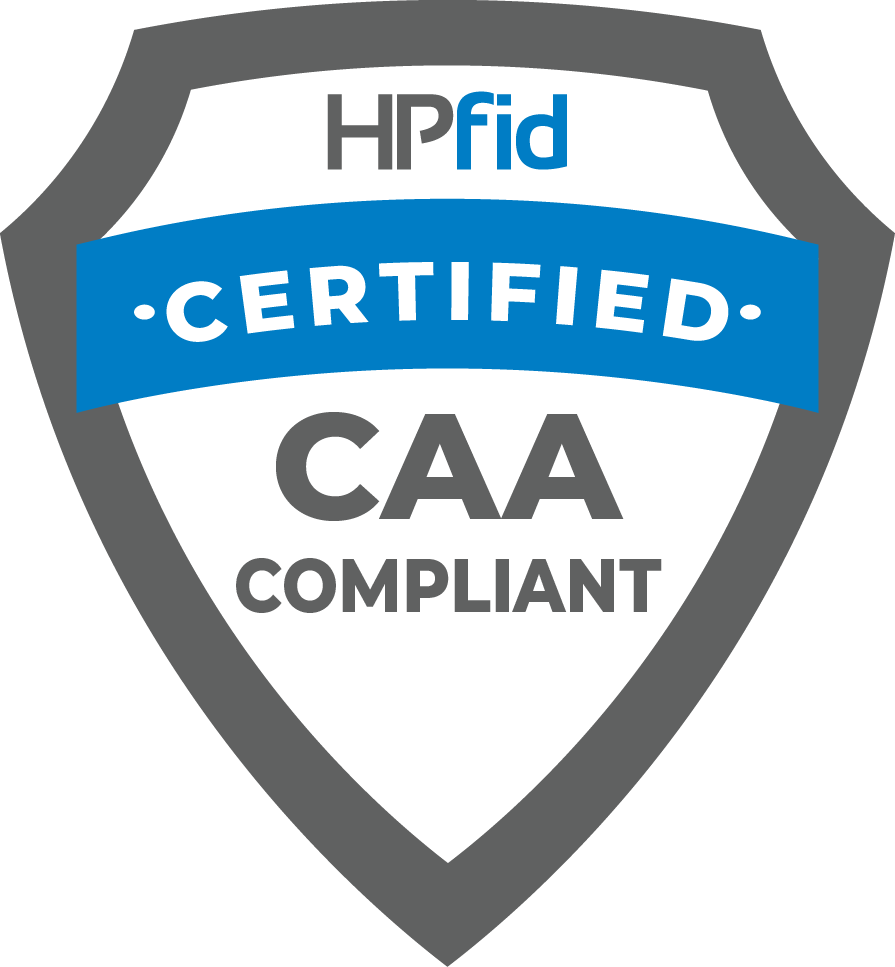Resource Center
Ventegra Antibiotic Awareness Program
The discovery of antibiotics has changed the world in how we combat infectious disease but like with other ecosystem balances, too much of a good thing can have long-lasting detrimental effects. We see this with the inappropriate use of antibiotics with the end result being antibiotic resistance. Antibiotic resistance is an urgent public health problem that is responsible for over 2.8 million infections and more than 35,000 deaths annually in the United States.1 The misuse of antibiotics has contributed to the growing problem of resistance and improving the use of antibiotics in healthcare to protect patients and reduce the threat of antibiotic resistance is a national priority.2
The misuse of antibiotics has contributed to the growing problem of resistance. Integrating health equity principles into health policies and improving appropriateness and prescribing rates of antibiotics are important to prevent harms caused by unnecessary antibiotic therapy, to reduce the threat of resistance, and to effectively treat infections.4
In addition to increasing antibiotic resistant infections, antibiotics can have unintended consequences from minor to severe life threatening allergic reactions or serious infections like Clostridioides difficile (commonly called C. diff) that may cause deadly diarrhea.
The mission of the Ventegra Antibiotic Awareness Program (AAP) is to create awareness of the public health problem of antibiotic resistance. The AAP will support this mission through the following: (1) Educate stakeholders on the importance of appropriate antibiotic use and the role it plays with antibiotic resistance (2) Identify and review the educational resources for all stakeholders (3) Make these resources accessible to all stakeholders
- Centers for Disease Control and Prevention. Antimicrobial Resistance Threats in the United States, 2021 - 2022. Atlanta, GA: US Department of Health and Human Services, CDC; 2024. Accessed October 10, 2025.
- U.S. Centers for Disease Control and Prevention. COVID-19: U.S. Impact on Antimicrobial Resistance, Special Report 2022. Atlanta, GA: U.S. Department of Health and Human Services, CDC; 2022. https://www.cdc.gov/antimicrobial-resistance/media/pdfs/covid19-impact-report-508.pdf. Accessed October 10, 2025
- Centers for Disease Control and Prevention. Antibiotic Use in the United States, 2023 Update: Progress and Opportunities. Atlanta, GA: US Department of Health and Human Services, CDC; 2023. Accessed October 10, 2025
- Geller A, et al. National Estimates of Emergency Department Visits for Antibiotic Adverse Events Among Adults—United States, 2011-2015. J Gen Intern Med. 2018 Jul; 33(7): 1060-1068.
Frequently Asked Questions
Antibiotics are medications used to treat certain bacterial infections by killing the bacteria or by stopping their growth.
Antibiotics are prescribed to treat certain bacterial infections that will not go away on their own. You should only take them when your healthcare provider determines that you have a bacterial infection that requires antibiotics.
When you are prescribed antibiotics for a bacterial infection, it is important that you take antibiotics exactly as prescribed and complete the course. If you stop taking the antibiotic too soon, even if you are feeling better, you run the risk of not completely killing the bacteria that caused the infection. This could lead to you becoming re-infected with bacteria that is now resistant to the antibiotics originally prescribed.
Bacteria are tiny single-celled organisms that live inside and outside our bodies. Most of them are harmless, but they can be treated with antibiotics in the event they cause an infection.
Viruses are even smaller than bacteria and they require a host to multiply. Unlike bacteria, most viruses cause disease if they infect you and antibiotics DO NOT work on viral infections. The best way to deal with viral infections is to prevent them from occurring using vaccines and hand hygiene.
Antibiotics cause side effects like rash, nausea, diarrhea, kidney damage, and increased risk of Clostridioides difficile (commonly called C. diff) infection which can lead to severe diarrhea and even death.
Another harm of taking antibiotics is the potential for antibiotic resistance. Each time we use antibiotics we are increasing the risk that the bacteria can develop resistance to it.
Antibiotics can have serious side effects and a study conducted by the CDC showed approximately 143,000 emergency room visits annually were related to antibiotic side effects. The study concluded that the key to reducing the number of antibiotic adverse events is avoiding unnecessarily prescribing antibiotics.
Antimicrobial resistance can result anytime antibiotics/antifungals are used as bacteria and fungi are finding new ways to avoid effects of these therapies. CDC estimates that almost 28% of antibiotics that are prescribed in doctor’s offices and emergency departments are unnecessary.
Appropriate antibiotic use is incredibly important to reduce the risk of antibiotic resistance. In the United States, antibiotic resistant infections cause around 2.8 million illnesses and 35,000 deaths a year. In addition, antibiotics can have serious side effects so the inappropriate use of antibiotics exposes someone to the potential harm without the intended benefit. See question on “What is the harm if I take antibiotics if I do not have a bacterial infection?” for more detail.
Resources
-
Antibiotic resistance 101: an overview (Milken Institute)
2-page pdf that covers antibiotic resistance, the consequences, causes, and steps to avoid it -
Antibiotics Aren't Always the Answer (CDC)
2-page pdf going over potential harms of inappropriate antibiotic use and a checklist comparing symptoms of bacterial versus viral infections -
Are Antibiotics Needed For My Child's Runny Nose? (CDC)
1-page pdf with answers to common questions parents may have on how to care for a child who is sick with a runny nose -
Combat antibiotic resistance: protect yourself & your family (CDC)
2-page guide with steps to prevent antibiotic resistance -
Antibiotics and you (Milken Institute)
Interactive website that provides additional guidance an antibiotic overuse and resistance for the public
-
Protect your patients, combat antibiotic resistance: actions for healthcare providers (CDC)
1-page pdf with actions healthcare providers can take to reduce antibiotic resistance -
Using diagnostic tests to inform better care, save lives and fight antibiotic resistance (Milken Institute)
4-page factsheet for healthcare professionals on diagnostic tests that can be used to help identify the cause of infections and reduce inappropriate antibiotic use -
Appropriate Use of Short Course Antibiotics in Common Infections (ACP)
Recommendations for the appropriate use of antibiotics to treat four common bacterial infections by the American College of Physicians -
Core Elements of Antibiotic Stewardship for Healthcare Professionals (CDC)
Webpage where healthcare professionals can access information about implementing antibiotic stewardship programs in a variety of clinical settings
-
Antibiotic Prescribing and Use Resources (CDC)
CDC webpage that offers a wide array of resources, including patient (multilingual) and clinician education.






